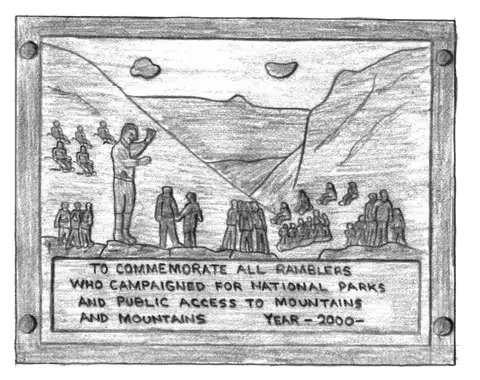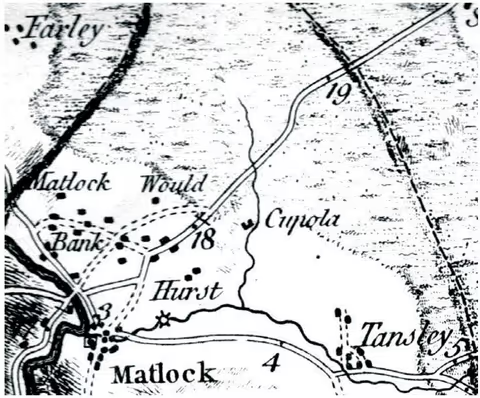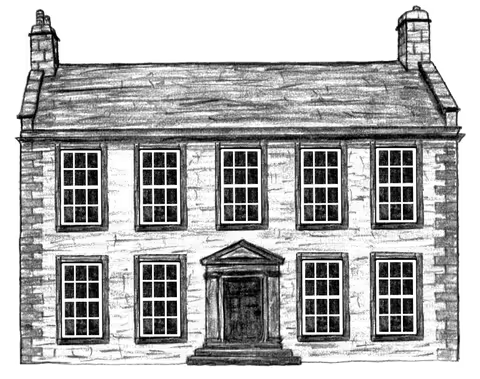In The Shadow of Hinkley Point
On the remote marshes of Somerset, thrust far out into the Bristol Channel from the main roads west, stands a remarkable heap of earth and stones. The Pixie’s Mound is a Bronze Age round barrow marking the burial site of several people, whose remains were excavated in 1907 along with numerous beakers and Roman objects. It stands proud on a low ridge of ground with a great view across the wastes of Wick Moor that were traditionally thought to be the domain of the pixies. There are many local stories about the little red-capped pixies whose music emanated from the mound. Indeed, the folklore about the pixies had such a hold locally that the excavation had to be stopped for a time because of a lack of local workers who were prepared to carry it out. It was thought bad luck to dig here and even to cross the mound.





